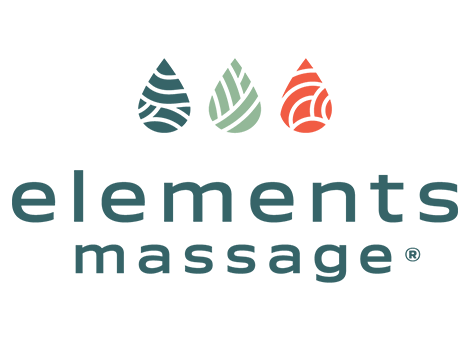Muscle Relaxation Through Massage Therapy
Muscle tension, stiffness, and associated discomfort are common symptoms arising from various factors including stress, poor posture, repetitive strain, and intense physical activity. Massage therapy has been recognized as an effective non-pharmacological intervention for promoting muscle relaxation and reducing muscle tension (Field, 2010).
How Does Massage Therapy Promote Muscle Relaxation?
Several mechanisms contribute to the muscle relaxation effects of massage therapy:
-
Increased Blood Circulation: Enhanced blood circulation facilitated by massage ensures a more efficient supply of oxygen and nutrients to muscle cells. This nourishment aids the removal of waste products such as lactic acid, reducing muscle soreness and promoting relaxation (Crane et al., 2012).
-
Mechanical Manipulation: The physical act of massaging involves applying pressure and manipulating muscle tissues. This process can break up adhesions (often referred to as "knots") and alleviate tension in muscle fibers, promoting muscle relaxation (Sherman, 2014).
-
Stimulation of the Parasympathetic Nervous System (PNS): Massage therapy stimulates the PNS, often referred to as the "rest and digest" system, inducing physiological responses such as reduced heart rate, slower breathing, and muscle relaxation (Diego & Field, 2009).
Scientific Evidence on Massage Therapy and Muscle Relaxation
Numerous studies have highlighted the positive effects of massage therapy on muscle relaxation. For example, a study by Field et al. (2005) demonstrated that after five weeks of twice-weekly massages, adults with lower back pain experienced significant reductions in pain, depression, and sleep disturbance. They also demonstrated improved trunk and upper body range of motion.
A systematic review by Furlan et al. (2008) found that massage therapy significantly reduced pain and improved function in adults with chronic low back pain.
Moreover, Crane et al. (2012) observed that massage therapy reduces inflammation and promotes mitochondrial biogenesis in skeletal muscles, contributing to muscle relaxation and recovery post-exercise.
References
- Crane, J. D., Ogborn, D. I., Cupido, C., Melov, S., Hubbard, A., Bourgeois, J. M., & Tarnopolsky, M. A. (2012). Massage therapy attenuates inflammatory signaling after exercise-induced muscle damage. Science Translational Medicine, 4(119), 119ra13.
- Diego, M. A., & Field, T. (2009). Moderate pressure massage elicits a parasympathetic nervous system response. International Journal of Neuroscience, 119(5), 630-638.
- Field, T., Hernandez-Reif, M., Diego, M., Schanberg, S., & Kuhn, C. (2005). Cortisol decreases and serotonin and dopamine increase following massage therapy. International Journal of Neuroscience, 115(10), 1397-1413.
- Furlan, A. D., Imamura, M., Dryden, T., & Irvin, E. (2008). Massage for low‐back pain. The Cochrane Database of Systematic Reviews, (4).
- Sherman, K. J. (2014). Guidelines for developing yoga interventions for randomized trials. Evidence-Based Complementary and Alternative Medicine, 2014.

